Analysts say India’s latest ban is similar to the restrictions it imposed in 2007 and 2008, which caused a domino effect as other countries were forced to limit exports to protect domestic consumers. But this time, the impact on global supply and prices could be more profound as India now accounts for more than 40% of global rice trade, up from 22% 15 years ago, putting pressure on other rice-exporting countries such as Thailand and Vietnam.
According to Reuters, importers are still struggling with scarce supplies due to erratic weather and disruptions to shipping through the Black Sea due to the conflict in Ukraine. Mr. Nitin Gupta, Senior Vice President of Olam Agri (India) - one of the world's leading rice exporters, said: "Thailand, Vietnam and other exporting countries are ready to act, all to make up for the shortage of supply from India."
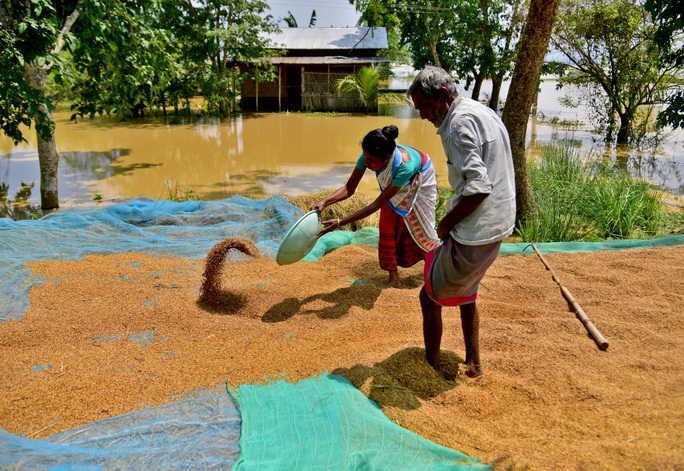
Farmers dry rice on the road in Assam state - India Photo: REUTERS
Global rice prices have risen about 20% since India imposed the ban. If prices rise another 15%, Thailand and Vietnam may restrict exports, according to traders at international trading companies. BV Krishna Rao, president of the Indian Rice Exporters Association, said New Delhi could reverse the ban if monsoon rains stabilize and production returns to normal. Only Indian supplies can restore balance in the global rice market, Rao said. "We have to see how long India's export restrictions last. The longer the ban lasts, the harder it will be for other exporters to make up for the estimated 10 million tonnes of rice shortfall," said Peter Clubb, an analyst at the International Grains Council (IGC) in the UK.
Meanwhile, in China, floods have damaged corn and rice crops in the country's key northern grain belt. "The floods have really affected rice production in the northeast and could reduce output by 3% to 5% in affected areas," said Ma Wenfeng, senior analyst at Beijing Orient Agribusiness, a consultancy.
Also in an effort to secure domestic supplies, according to Bloomberg, the Philippines is negotiating to import rice from Vietnam and India to boost national reserves and lower domestic prices. The Philippines is one of the world's largest rice producers but usually buys rice from major suppliers such as Thailand and Vietnam to offset production losses caused by typhoons.
Source


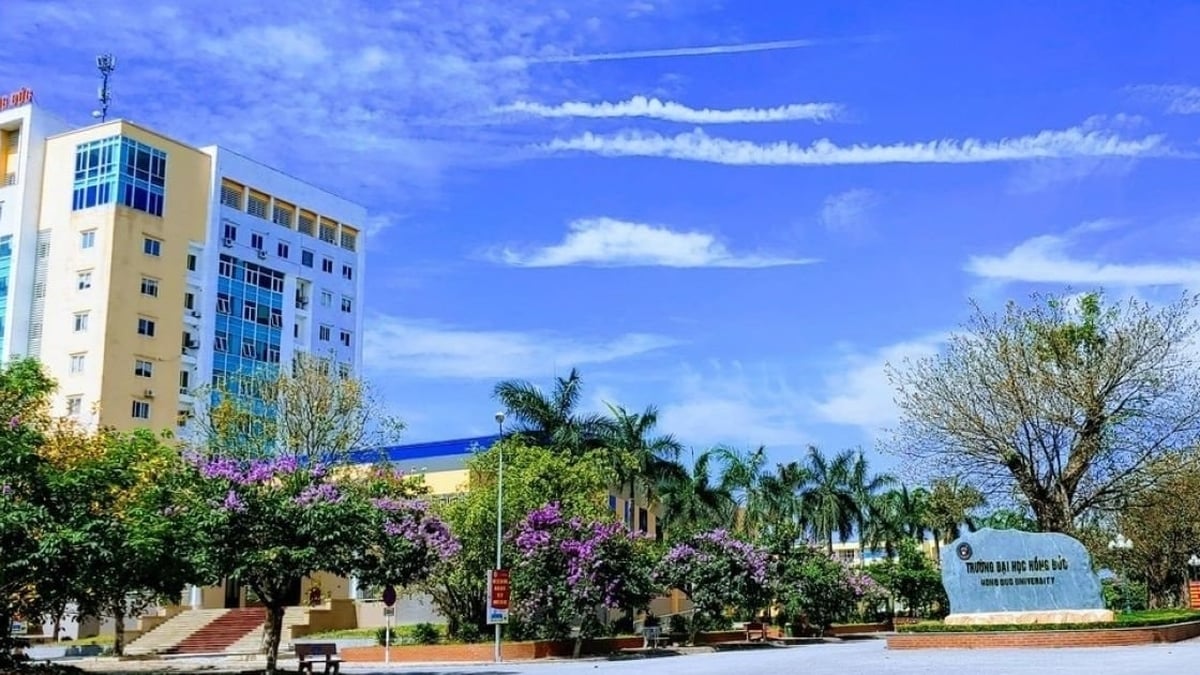
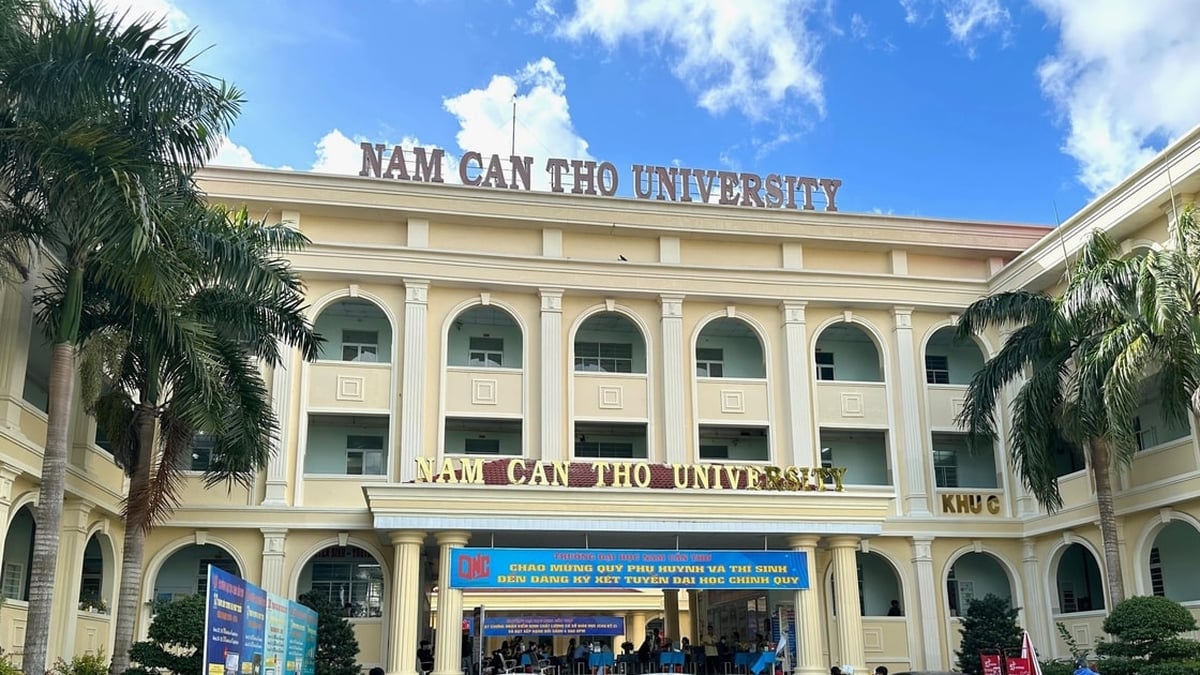
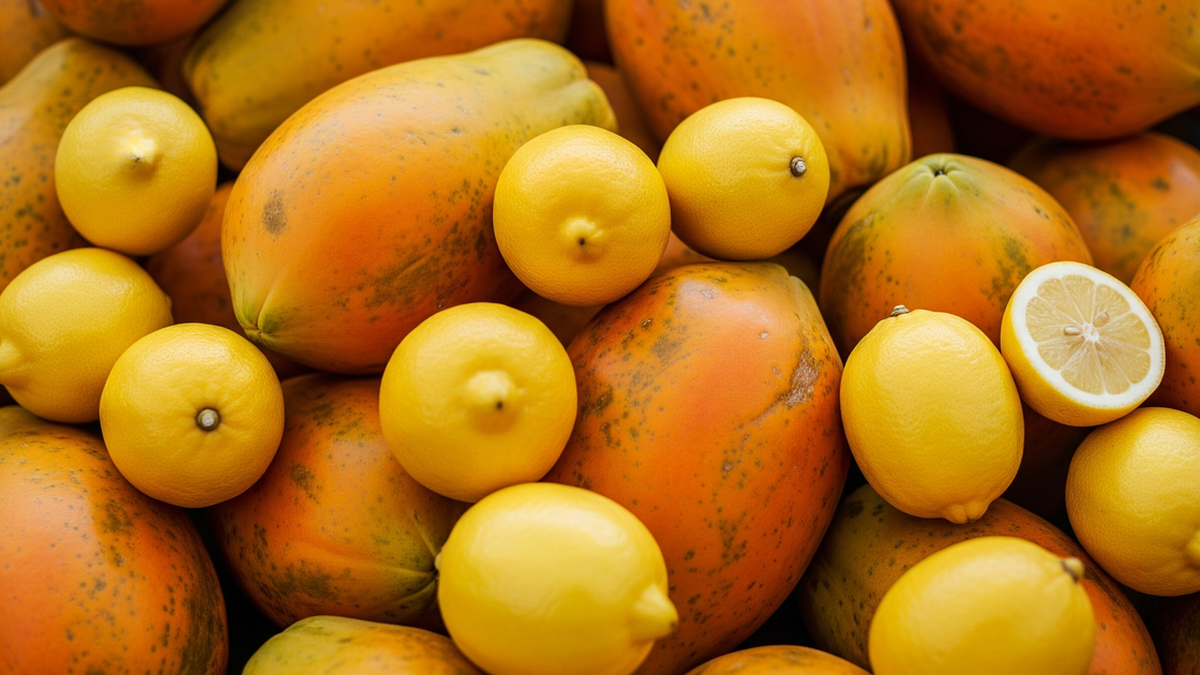
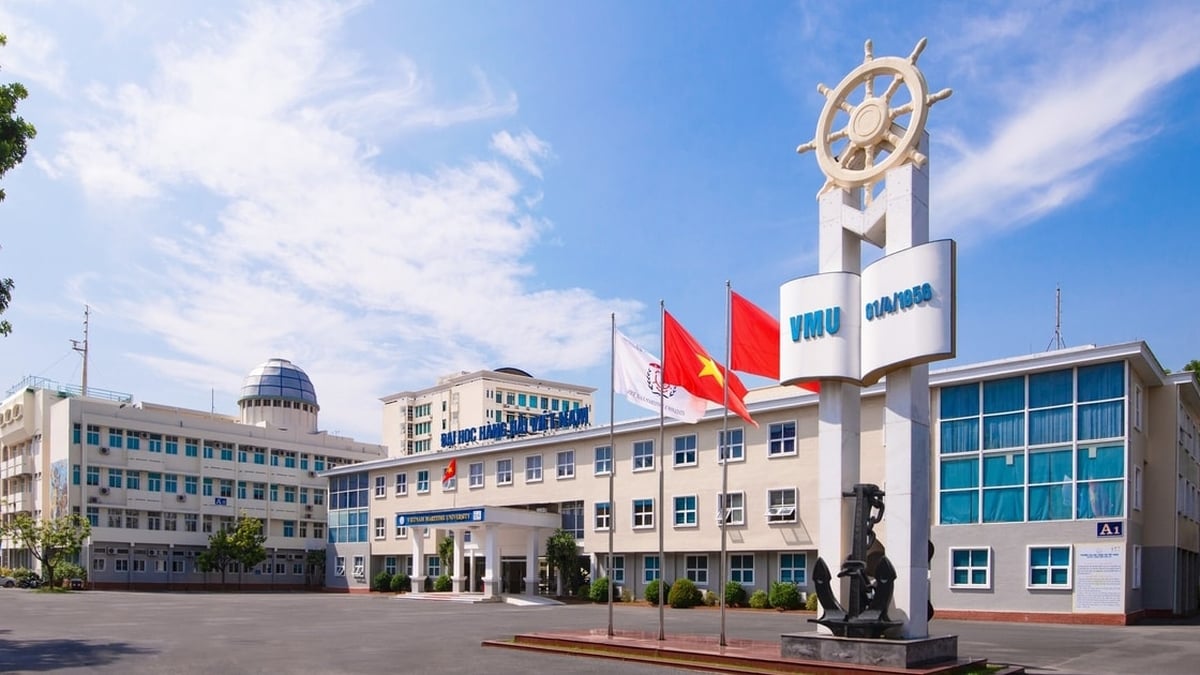
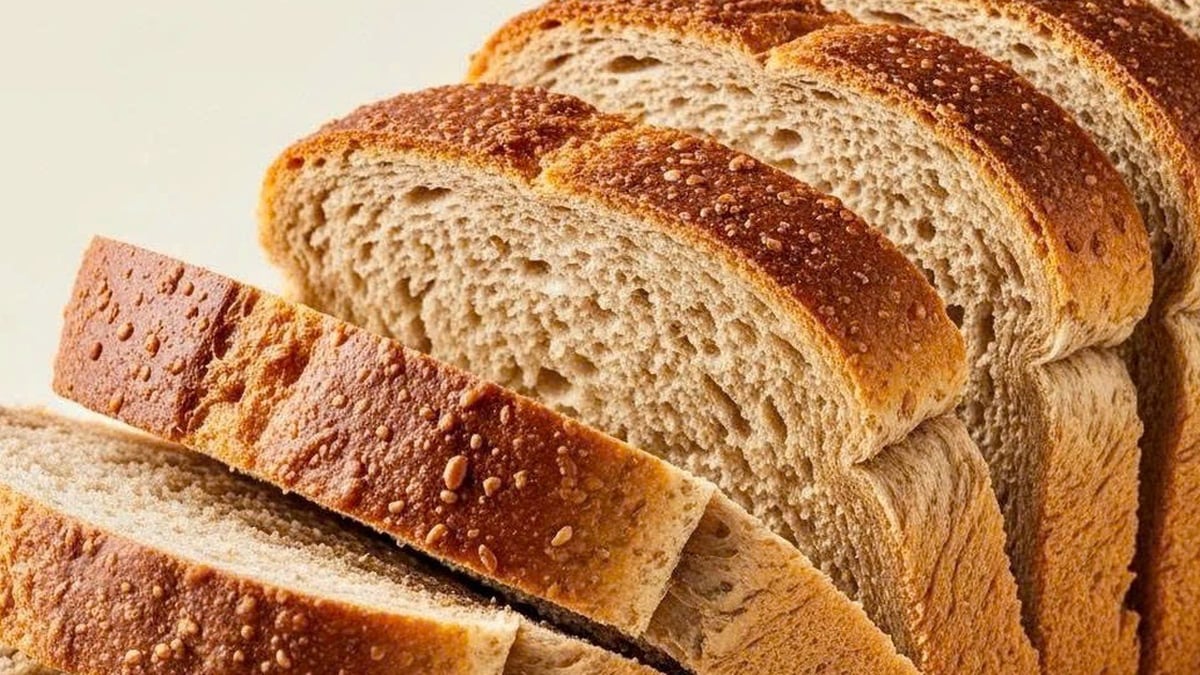

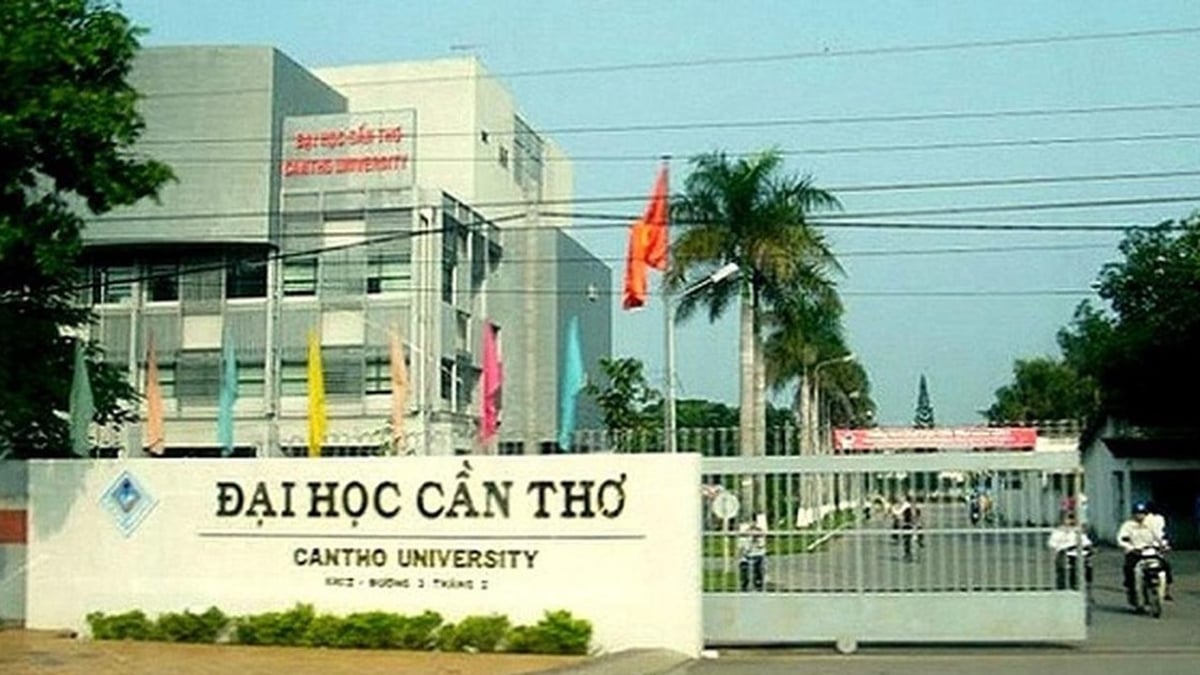
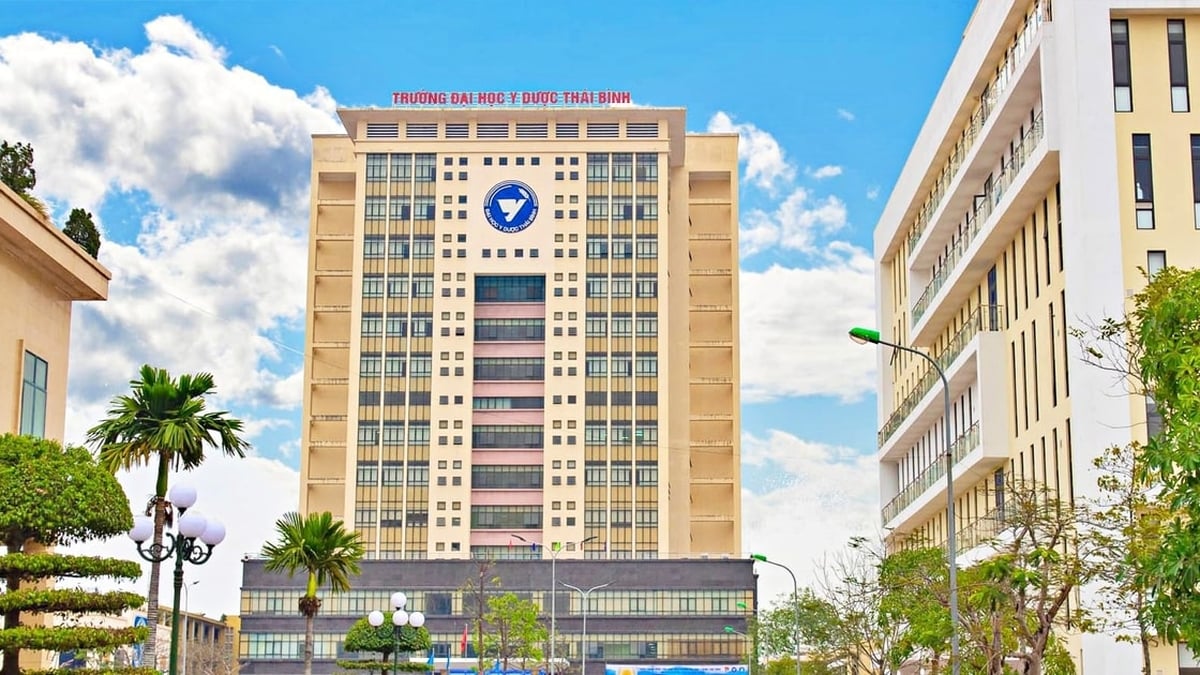
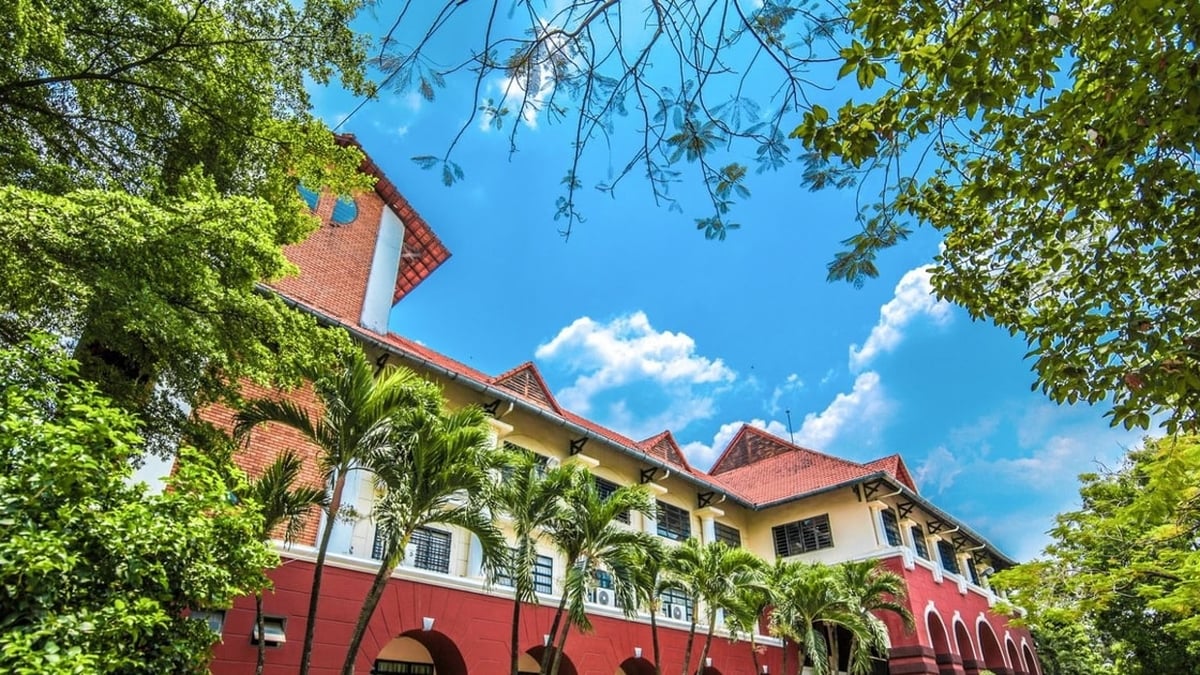
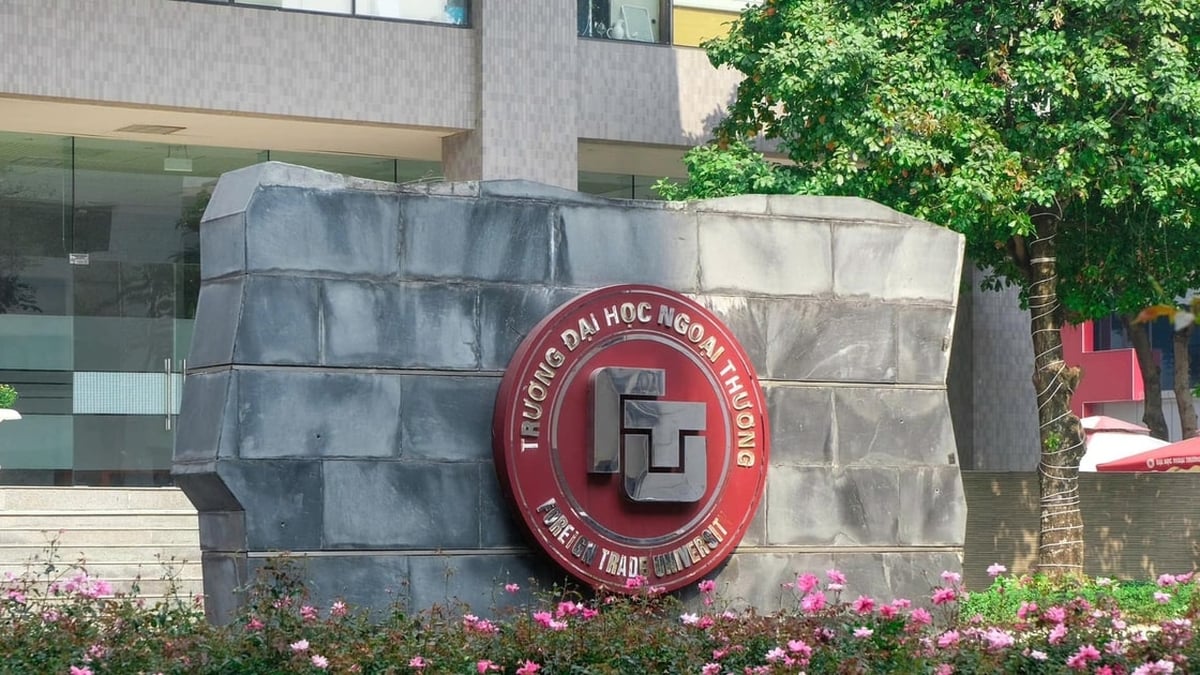






















































































Comment (0)